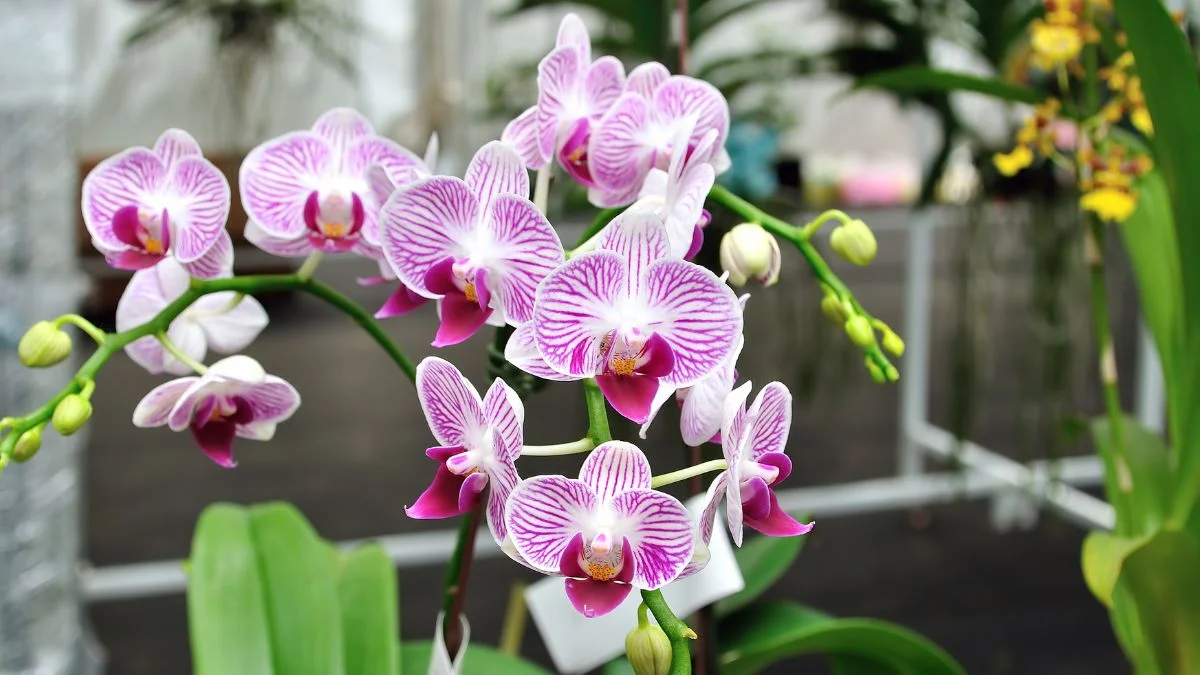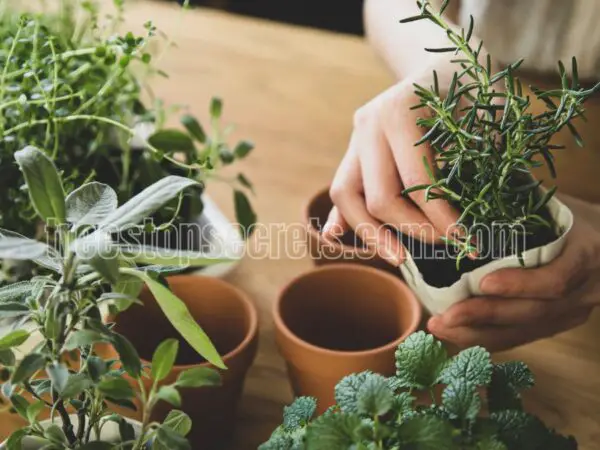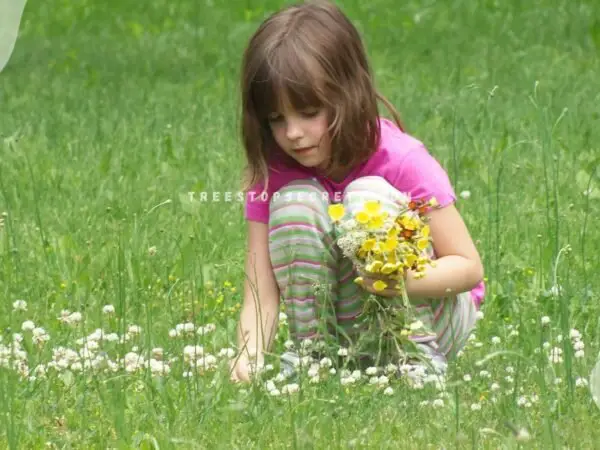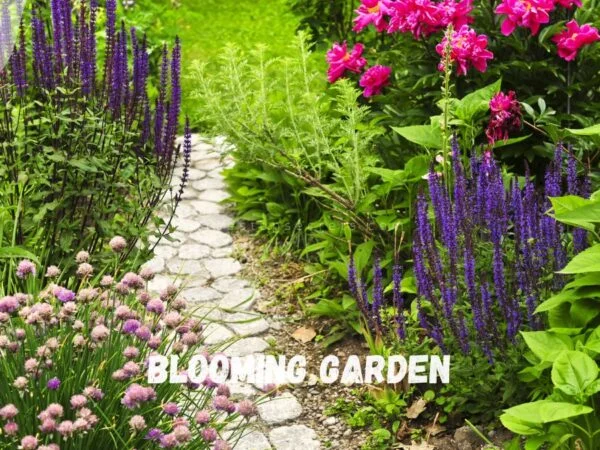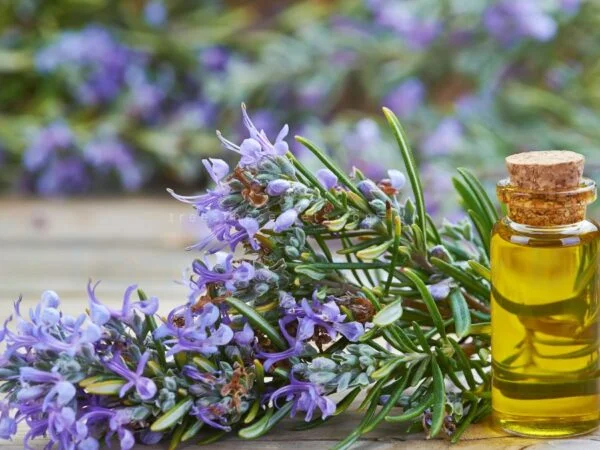Looking to optimize your orchid care routine? The choice of orchid medium can make all the difference. Finding the perfect balance between moisture retention and aeration is key for thriving orchids. Dive into the world of orchid mediums to unlock the secrets of healthy root growth and vibrant blooms.
Whether you prefer bark, sphagnum moss, or a mix, understanding the unique benefits of each medium will revolutionize how you care for your orchids. Elevate your gardening game by exploring the realm of orchid mediums and unleashing the full potential of your beloved plants.
Orchid Medium Basics
Overview
Orchid Medium is a specialized material used for planting and growing orchids. It provides the necessary support and nutrients for orchids to thrive. Orchid Medium can be found on various online gardening websites, making it easily accessible for enthusiasts.
Importance
Using Orchid Medium is crucial for maintaining optimal orchid health. It aids in root aeration, moisture retention, and drainage, promoting healthy root growth. Orchid Medium plays a vital role in creating a well-balanced environment that mimics the natural habitat of orchids.
Types of Orchid Mediums
Organic Options
Organic materials commonly used in orchid medium include bark, sphagnum moss, and coconut husk. These materials provide natural nutrients for orchids to thrive.
Choosing organic options for orchid medium promotes healthy root growth and enhances overall plant health. The porous nature of organic materials aids in aeration and drainage, crucial for orchids' well-being.
Certain orchid species, such as Phalaenopsis and Cattleya, thrive best in organic mediums due to their specific requirements. These species benefit from the nutrient-rich environment provided by organic materials.
Inorganic Choices
Inorganic components like perlite, charcoal, and clay pellets are commonly found in orchid medium, offering excellent drainage and stability.
Using inorganic choices in orchid medium ensures long-lasting support for orchids without the risk of decomposition or compacting over time. This stability promotes healthy root development.
Orchid types like Oncidium and Dendrobium prefer inorganic components due to their need for consistent moisture levels and good aeration. The unique properties of inorganic choices cater to these specific orchid needs.
Common Planting Mediums
Bark Mixes
Orchid Medium bark mixes are typically composed of fir bark, sphagnum moss, and perlite. These mixes provide excellent drainage and aeration for orchids. The coarse texture of bark helps prevent root rot by allowing excess water to drain efficiently.
Using bark mixes in Orchid Medium promotes healthy root growth by mimicking the natural environment of orchids. The airy structure allows roots to breathe and absorb nutrients effectively. Bark mixes reduce the risk of overwatering, a common issue in orchid care.
Bark mixes play a crucial role in maintaining optimal moisture levels for orchids. They help prevent waterlogged conditions that can lead to root suffocation and fungal diseases. By promoting good airflow around the roots, bark mixes support overall orchid health.
Moss Types
Different types of moss such as sphagnum moss and New Zealand long-fibered sphagnum moss are commonly used in Orchid Medium. Moss retains moisture well, providing a humid environment ideal for orchids. It also aids in nutrient absorption and root hydration.
Incorporating moss in Orchid Medium enhances water retention, ensuring consistent moisture levels for orchids. This is especially beneficial for species that require high humidity levels to thrive. Moss also acts as a natural barrier against pests and diseases.
The use of various moss types improves the overall quality of Orchid Medium by creating a stable microclimate around the roots. This microclimate supports root development and protects delicate root structures from damage, promoting healthy growth.
Charcoal Uses
Charcoal serves multiple purposes in Orchid Medium, including improving drainage, absorbing impurities, and preventing soil compaction. Its porous nature allows it to regulate moisture levels effectively while reducing odors within the medium.
Including charcoal in Orchid Medium benefits orchids by preventing bacterial growth and maintaining a clean growing environment. Charcoal's ability to absorb toxins ensures that the medium remains free from harmful substances that could harm plant roots.
Charcoal plays a vital role in sustaining orchid health by creating an environment that fosters root respiration and nutrient uptake. Its presence in Orchid Medium contributes to overall plant vigor and resilience against environmental stressors.
Orchid Soil Insights
Characteristics
Orchid Medium is specially formulated for the unique needs of orchids, offering excellent aeration and drainage. Its chunky texture allows roots to breathe and prevents waterlogging, crucial for orchid health. Enthusiasts seek medium with bark, perlite, and sphagnum moss for optimal growth.
- Aeration: Orchid Medium provides ample airflow to the roots, preventing root rot common in other soils.
- Drainage: The mix ensures excess water drains quickly, avoiding stagnant water that can harm orchids.
- Nutrient Retention: While draining well, it retains essential nutrients to support healthy growth.
Orchid Medium stands out due to its ability to mimic the natural environment where orchids thrive. Unlike traditional potting mixes, it replicates the loose, well-draining conditions found in orchids' native habitats. This unique composition caters specifically to orchids' epiphytic nature, ensuring they receive the right balance of air, moisture, and nutrients.
Key features sought by orchid enthusiasts include chunky bark pieces that provide stability for delicate roots while allowing airflow. Perlite adds lightness to the mix and aids in drainage. Sphagnum moss retains moisture without causing waterlogging issues.
Benefits
Using Orchid Medium offers numerous advantages for successful orchid cultivation. It promotes robust root development by providing a healthy root environment with ample aeration and drainage. This leads to stronger plants with vibrant blooms and lush foliage.
- Optimal Growth: Orchid Medium supports proper root growth by preventing suffocation from compacted soil.
- Disease Prevention: Well-draining medium reduces the risk of root diseases caused by excess moisture.
- Enhanced Blooms: Healthy roots translate into more vigorous flowering cycles and larger, more colorful blooms.
Consistently using Orchid Medium yields long-term benefits such as sustained plant vitality and resilience against environmental stressors. By maintaining a suitable growing medium over time, orchids develop strong root systems that enhance their overall health and longevity.
Growing Mediums Explored
Coconut Husk
Coconut husk plays a vital role in orchid medium by providing excellent aeration and drainage for the roots. This fibrous material helps prevent root rot and promotes healthy root growth. Orchids thrive in well-draining mediums, making coconut husk an ideal choice.
Incorporating coconut husk in orchid medium offers numerous benefits. It retains moisture while allowing excess water to drain, striking the perfect balance crucial for orchid cultivation. Coconut husk is sustainable and environmentally friendly, aligning with the eco-conscious practices of many growers.
Orchid enthusiasts prefer coconut husk due to its natural properties that mimic orchids' native growing conditions. Its ability to maintain moisture levels without causing waterlogged roots ensures optimal conditions for orchid health. Moreover, coconut husk is readily available and cost-effective, making it a popular choice among growers.
Perlite Mix
Perlite is essential in orchid medium as it aids in enhancing aeration and drainage within the soil mix. This lightweight volcanic glass material helps prevent compaction, ensuring sufficient airflow around the roots. Orchids benefit greatly from perlite's porous structure.
Utilizing perlite mix in orchid medium provides several advantages. It improves soil porosity, allowing oxygen to reach the roots more efficiently. The enhanced drainage capabilities of perlite help prevent waterlogging, reducing the risk of root diseases commonly faced by orchids grown in compacted soils.
Orchid Potting Mix Guide
Selection Tips
When choosing Orchid Medium, consider the specific needs of your orchid species. Different orchids thrive in varying mediums, such as bark, sphagnum moss, or perlite. Research the preferred medium for your orchid type to ensure optimal growth.
To decide between organic and inorganic options, think about moisture retention and aeration requirements. Organic mixes like bark hold more moisture, suitable for certain orchids. In contrast, inorganic materials like perlite provide better drainage for orchids that dislike wet roots.
Factors to weigh when purchasing Orchid Medium include porosity, particle size, and nutrient content. Opt for a mix with good drainage to prevent root rot. Check the particle size to ensure proper aeration and select a blend with essential nutrients for healthy orchid growth.
Mixing Advice
For effective mixing of Orchid Medium, combine different materials based on your orchid's needs. Blend ingredients like bark, perlite, and charcoal in appropriate proportions to create a well-draining yet moisture-retentive mix.
Achieving the ideal blend is crucial; too much of one material can impact water retention or aeration negatively. Experiment with ratios until you find the perfect mix that promotes robust root growth and overall plant health.
Proper mixing techniques are vital for orchid health. Thoroughly incorporate all components to ensure even distribution of moisture and air pockets within the medium. Avoid compacting the mix excessively as this can hinder root development and lead to issues like root suffocation.
Gardening Tips for Orchids
Watering Needs
When it comes to watering orchids in Orchid Medium, it's crucial to strike a balance. Overwatering can lead to root rot, while underwatering causes dehydration. Adjust watering frequency based on the type of Orchid Medium used. For example, a medium that retains more moisture requires less frequent watering.
To ensure optimal health, consider the impact of watering on orchids concerning Orchid Medium. Proper watering maintains the right moisture levels, promoting healthy growth and blooming. Monitoring soil moisture and adjusting watering accordingly is key to preventing issues like root suffocation or desiccation.
Light Requirements
Orchids grown in Orchid Medium thrive in specific light conditions. Adequate light exposure is essential for photosynthesis and blooming. The type of Orchid Medium used can influence the light requirements of orchids. For instance, mediums with higher drainage may necessitate more frequent watering due to faster evaporation rates.
Optimizing light exposure for orchid care with Orchid Medium involves finding the right balance. Ensure your orchids receive indirect sunlight, avoiding direct exposure that can cause leaf burns. Consider placing them near east-facing windows for morning sun or using grow lights to supplement natural light.
Additional Resources
FAQs
Have questions about orchid medium? Here are some common queries answered:
- What is the best orchid medium to use?
- The best medium depends on the orchid species. For example, Phalaenopsis orchids thrive in bark-based mediums.
- How often should I repot my orchid in new medium?
- Repotting every 1-2 years is generally recommended to refresh the medium and provide proper nutrients.
- Can I reuse old orchid medium?
- Reusing old medium can lead to nutrient depletion. It's best to replace it for healthy orchid growth.
Troubleshooting
Encountering issues with your orchid medium? Here are some troubleshooting tips:
- Yellowing leaves:
- This could indicate overwatering or poor drainage. Adjust watering frequency and ensure proper drainage holes.
- Mold or fungus growth:
- Sterilize your medium before use and ensure good air circulation around the plant to prevent mold growth.
- Root rot:
- Root rot is often caused by overly wet conditions. Repot your orchid in fresh, well-draining medium.
- Stunted growth:
- Check for overcrowded roots and repot if necessary. Ensure proper light levels and fertilization for healthy growth.
Remember, maintaining a balance of moisture, light, and nutrients is key to successful orchid care. If problems persist, seek advice from experienced growers or local gardening centers for tailored solutions.
Closing Thoughts
In your orchid journey, understanding the right medium is key. From bark to moss, each option has its benefits for your plant's growth. Remember the importance of proper aeration and drainage to keep your orchids thriving. Experiment with different mediums to find what works best for your specific plants.
As you continue caring for your orchids, don't hesitate to seek advice from fellow gardeners or consult additional resources for more tips and tricks. Your dedication will pay off in vibrant blooms and healthy plants. Keep learning and refining your orchid medium practices to enjoy a flourishing garden.
Frequently Asked Questions
What are the basic orchid medium requirements?
Orchids require a well-draining medium that provides good air circulation to the roots. A mix of bark, sphagnum moss, and perlite is commonly used. Ensure the medium retains moisture without becoming waterlogged.
How do I choose the right orchid planting medium?
Select a medium based on your orchid's species and growth requirements. Factors like water retention, aeration, and drainage should be considered. Orchids generally thrive in a mix that balances moisture retention with good airflow to the roots.
Can I use regular soil for orchids?
Regular soil is not suitable for orchids as it retains too much moisture and lacks proper aeration. Orchids need a specialized medium that mimics their natural epiphytic growing conditions. Opt for well-draining mixes like bark, perlite, or sphagnum moss.
How often should I repot my orchid in new medium?
Orchids typically need repotting every 1-2 years to refresh the medium and provide space for root growth. Signs it's time to repot include overcrowded roots, poor drainage, or when the current medium breaks down.
Are there specific tips for maintaining healthy orchid mediums?
To maintain healthy orchid mediums, monitor moisture levels regularly to prevent overwatering or drying out. Ensure proper drainage in pots and consider fertilizing according to your orchid's needs. Regularly inspect roots for any signs of rot or pests.
Image Source: Paid image from CANVA

